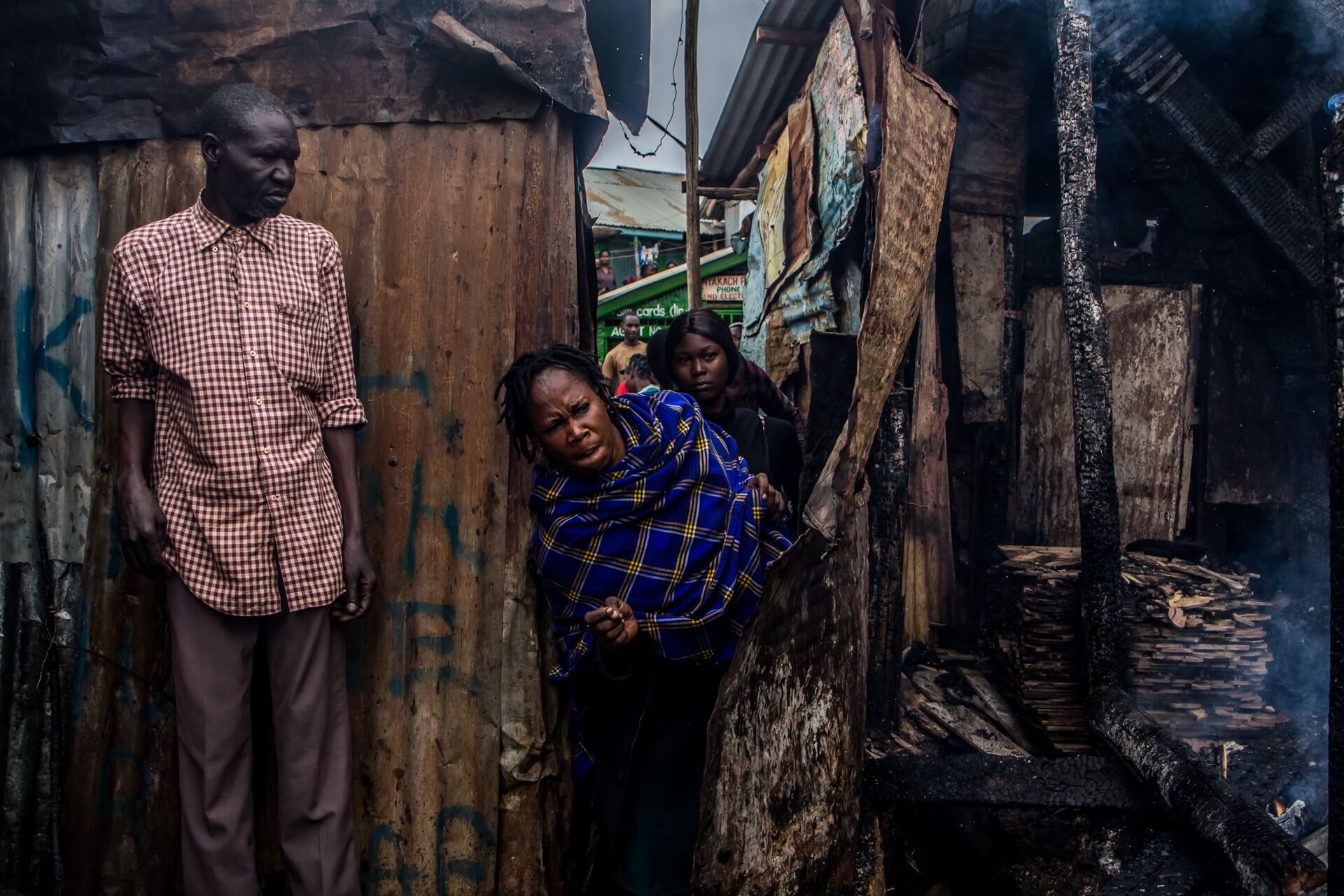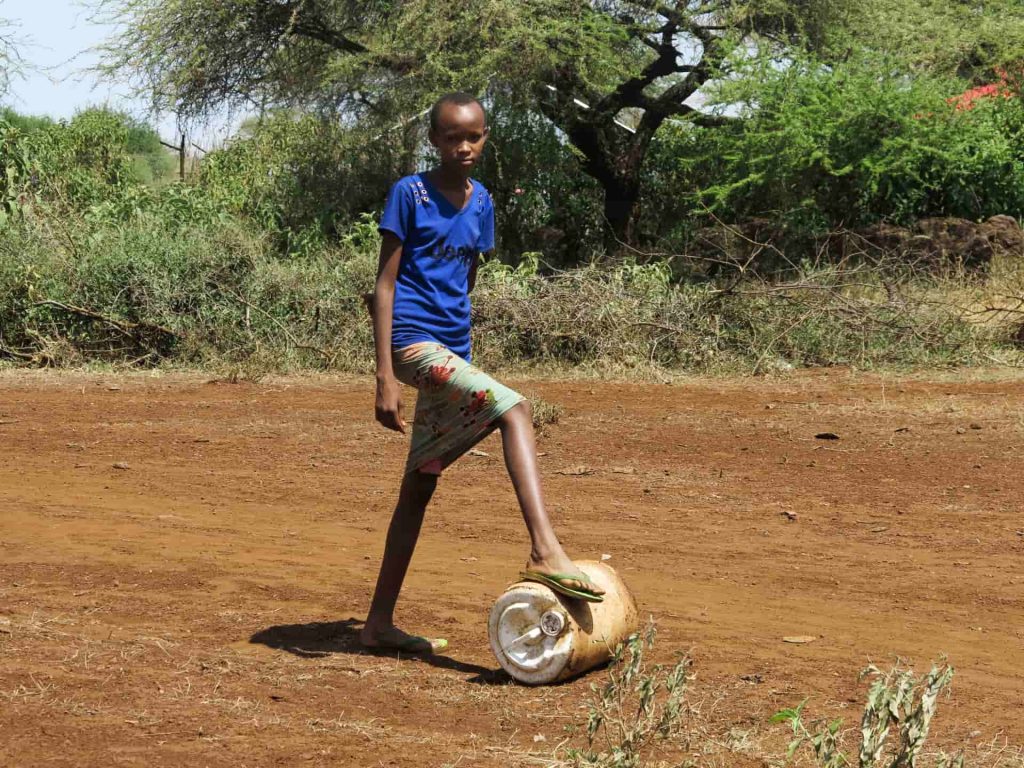
A girl from the Maasai tribe. It is the duty of women and children to bring water and collect firewood. © Anahita Ahmadi
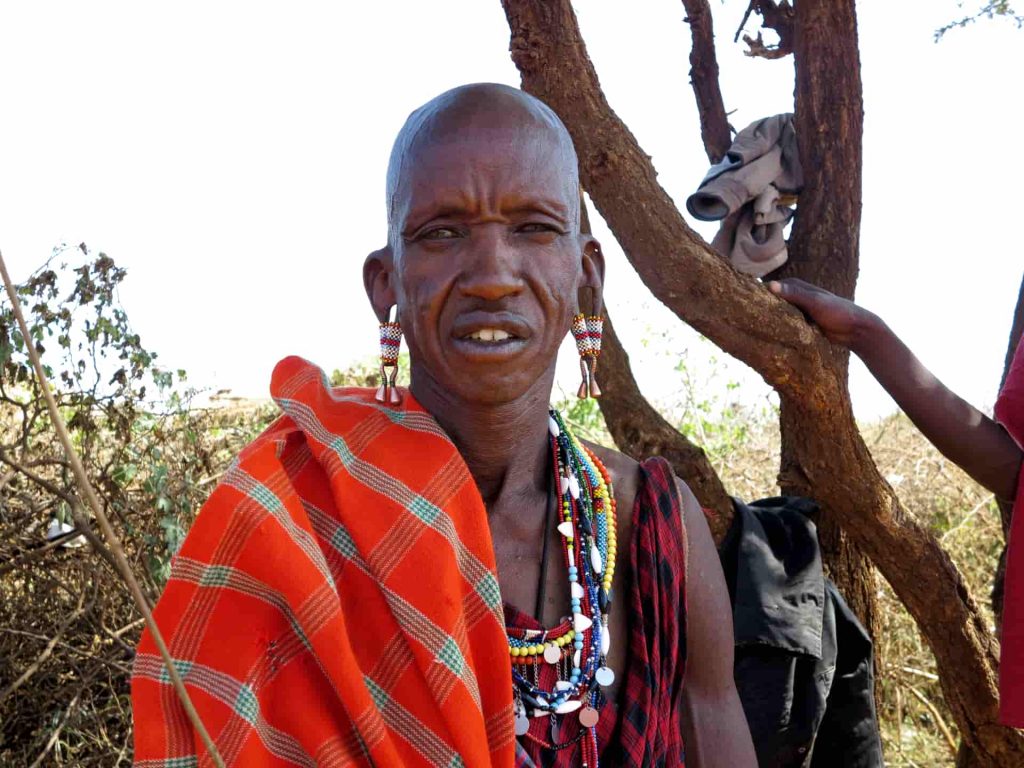
The doctor and teacher of one of the Maasai tribes in Amboseli. Doctors and teachers are of special importance in Maasai tribes, both of whom will pass on their jobs to their children. © Anahita Ahmadi

A Maasai man using a natural toothbrush: Salvadora persica, also known as the toothbrush tree, is commonly used by the Maasai to whiten their teeth like Kilimanjaro’s snow. © Anahita Ahmadi
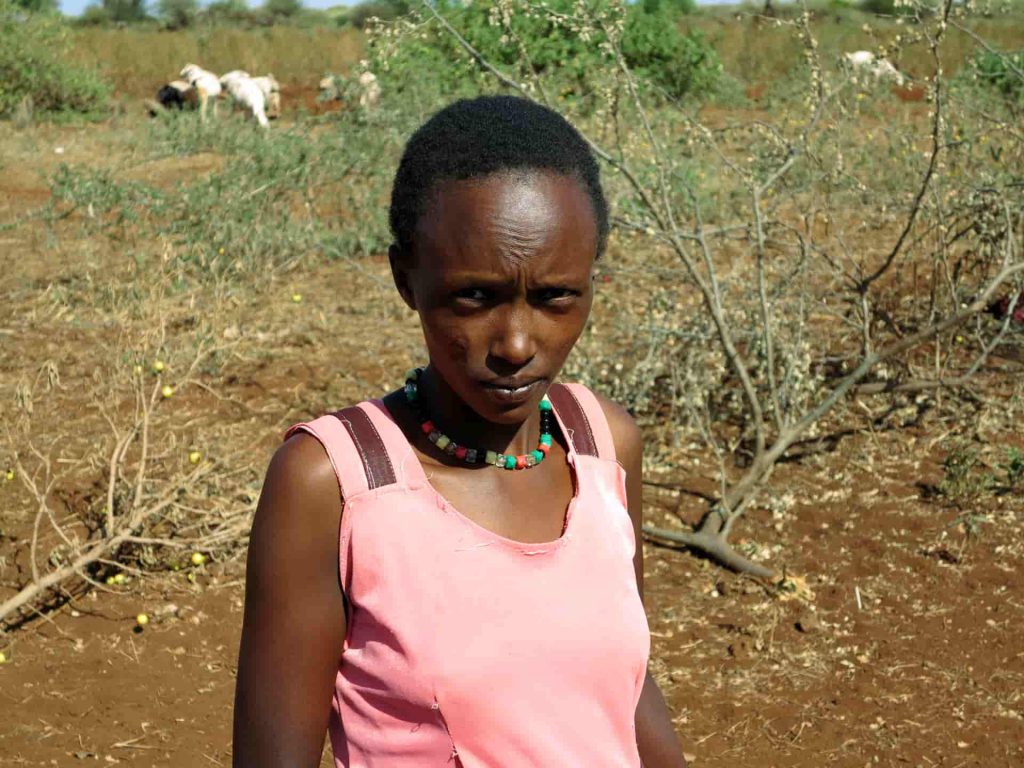
The emorata is a ceremony in which young Maasai girls, through circumcision and ritual, enter the stage of adulthood. As a part of the ceremony, they are given a burn mark on their cheeks to symbolise that they have entered adulthood. © Anahita Ahmadi

Maasai men in bright red robes with spears in hand. Maasai boys prepare to become warriors. They too are circumcised between the ages of 14 and 16 during a ceremony called Eunoto. © Anahita Ahmadi
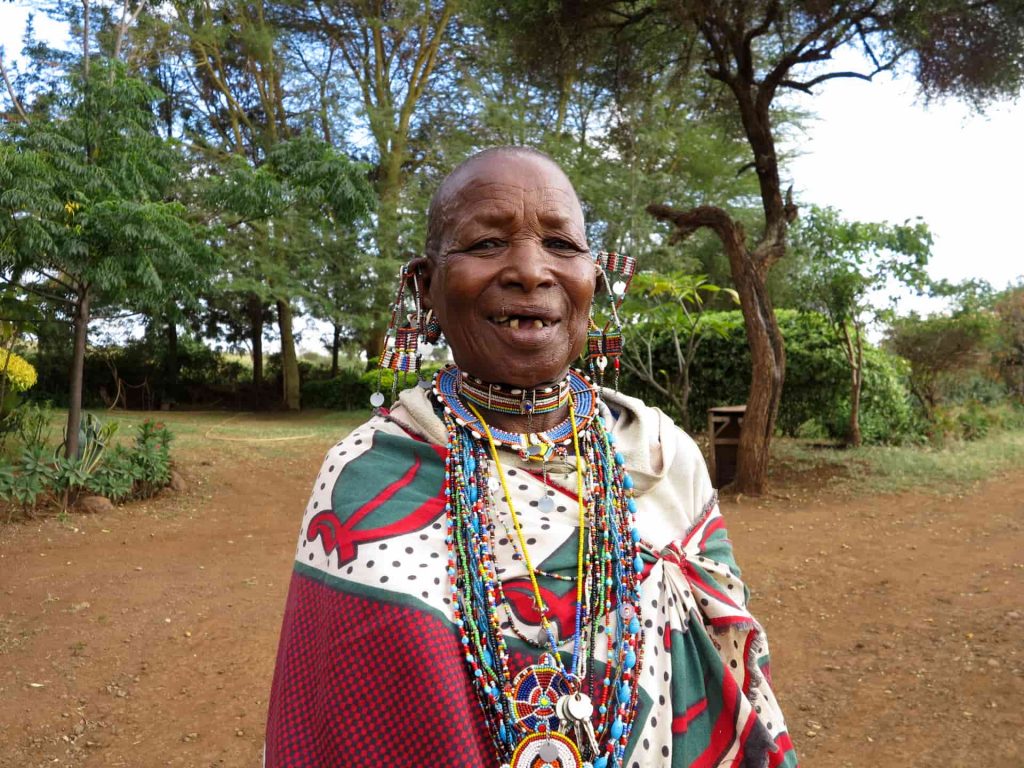
A Maasai woman - Tooth extraction amongst the Maasai people is a tradition practised in order to create space for feeding in the event of diseases that lock the jaw. © Anahita Ahmadi
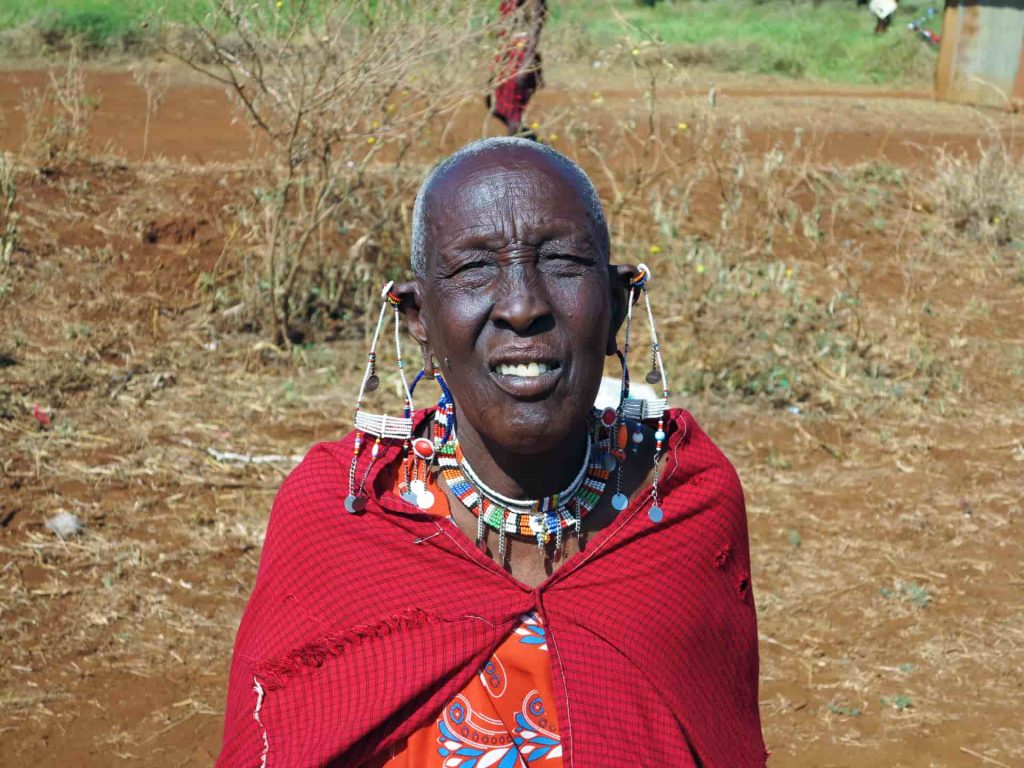
Women in the Maasai tribes are valued based on the number of their children, while for the men of the tribe value is based on the number of cows. Women who have more children use more jewellery. © Anahita Ahmadi
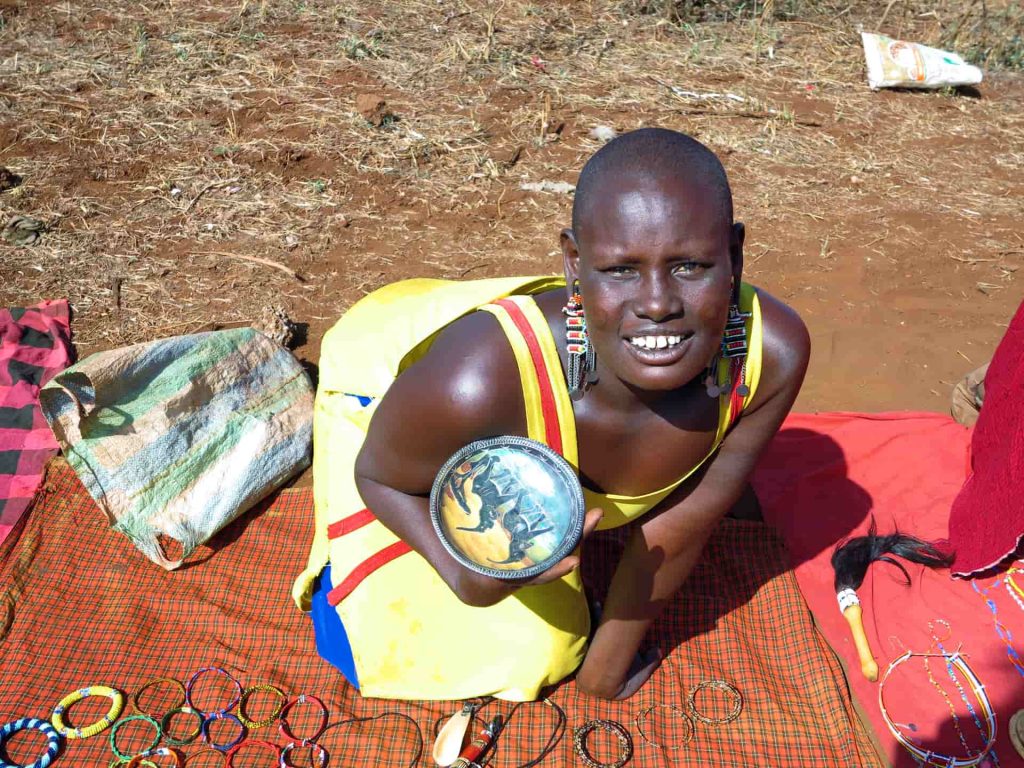
A young Maasai woman offering handmade jewellery and ornaments. © Anahita Ahmadi
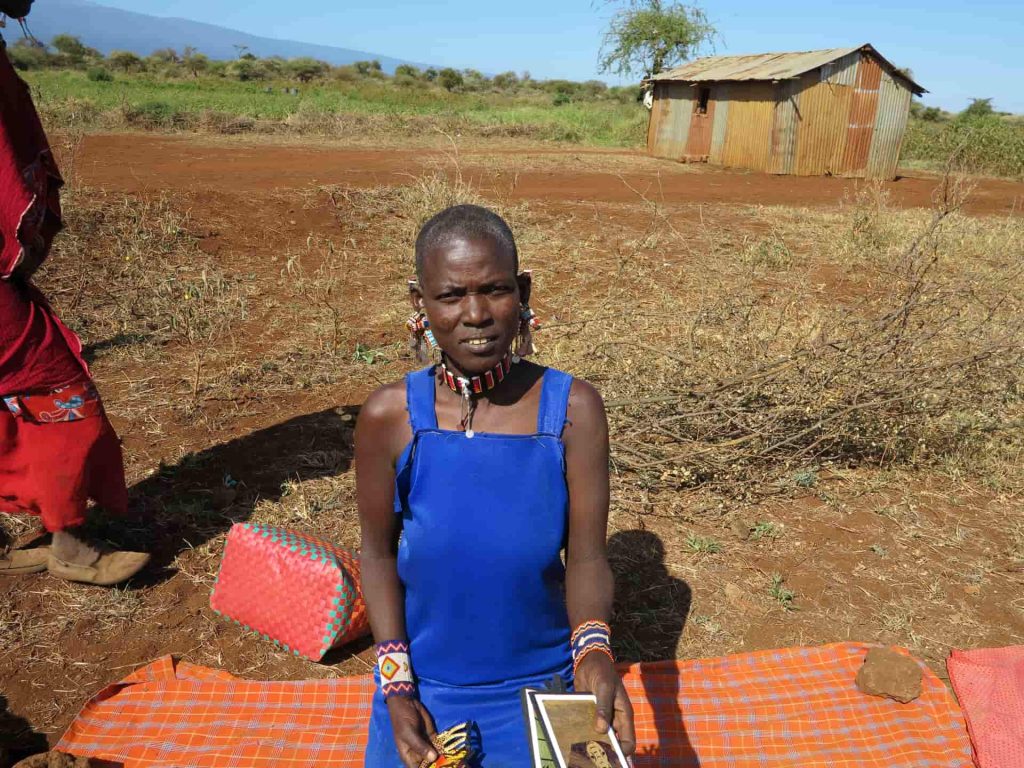
Maasai girls are usually circumcised between the ages of 11 and 13, and immediately after that, they marry a man chosen by their fathers in exchange for cattle and cash. Maasai women are not allowed divorce. © Anahita Ahmadi
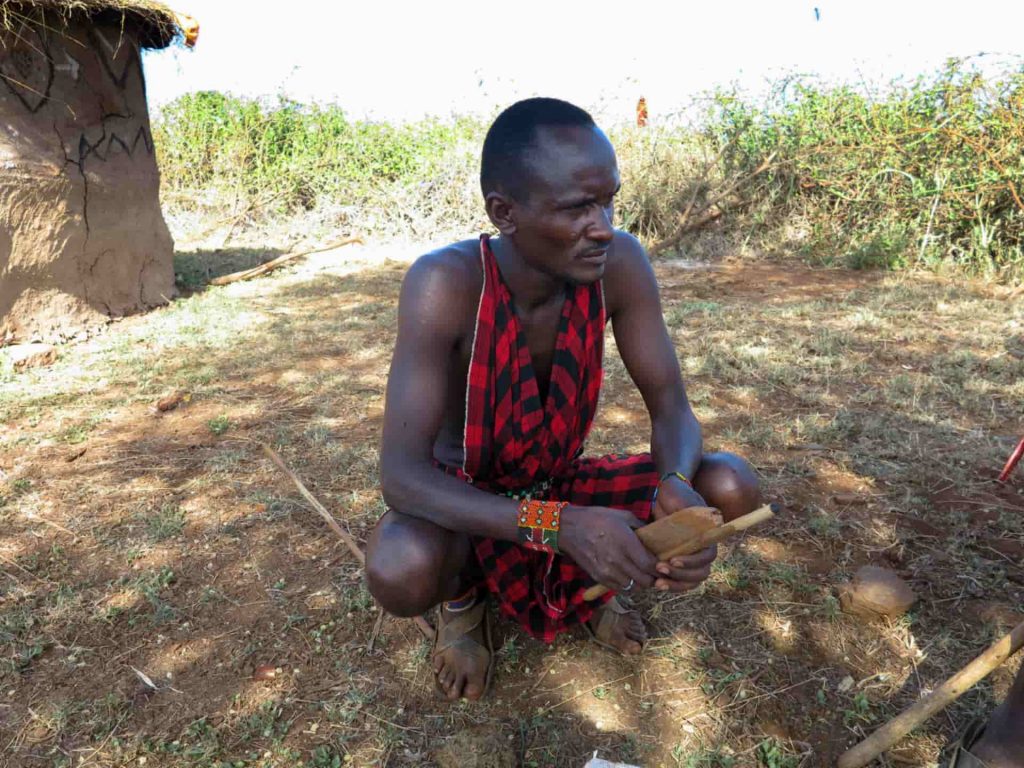
Maasai man lighting a fire: It is common for Maasai men to have multiple wives and one of the most important duties of Maasai men is to light an early morning fire next to each hut that houses their wives. © Anahita Ahmadi
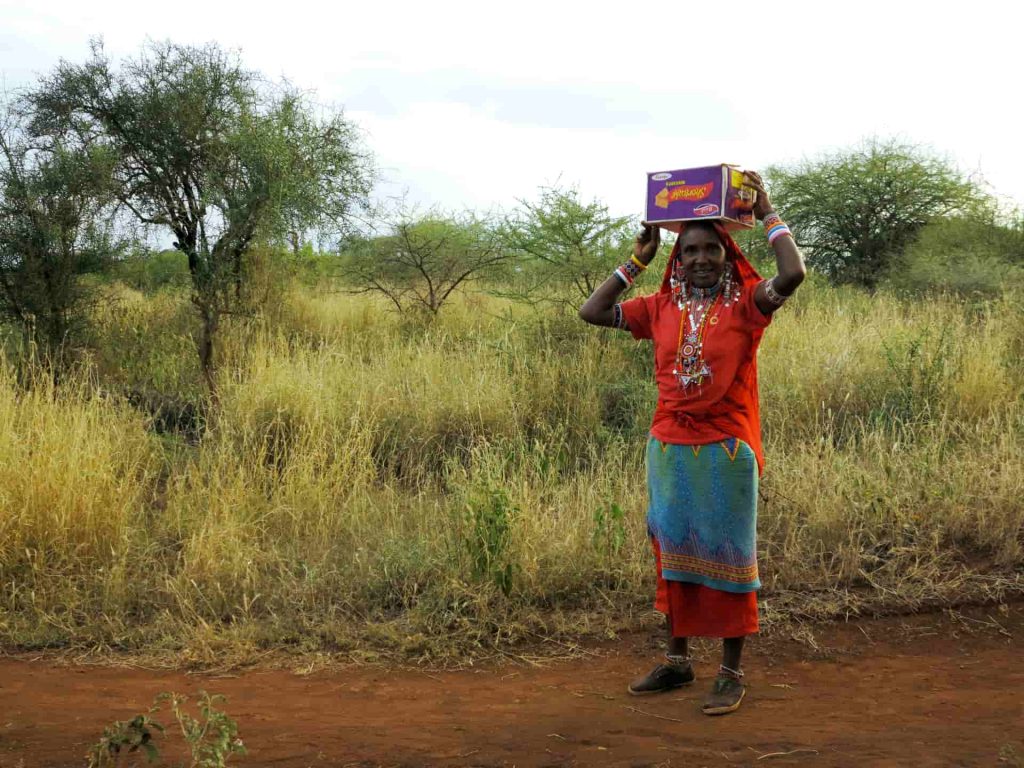
A Maasai woman who was in the forest to gather the roots of medicinal plants. © Anahita Ahmadi



